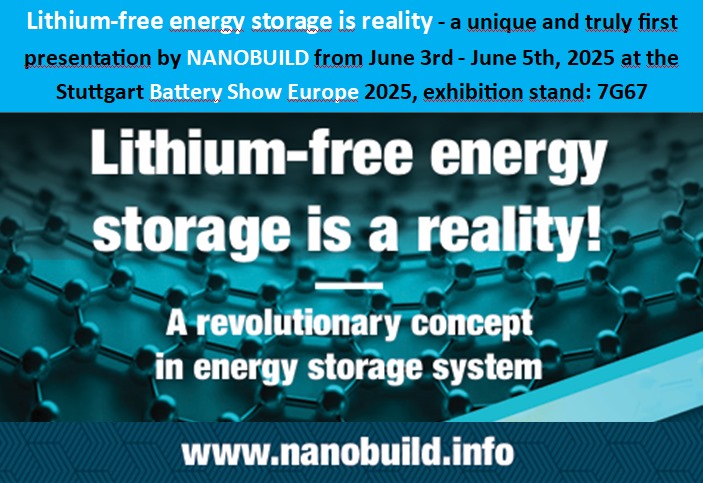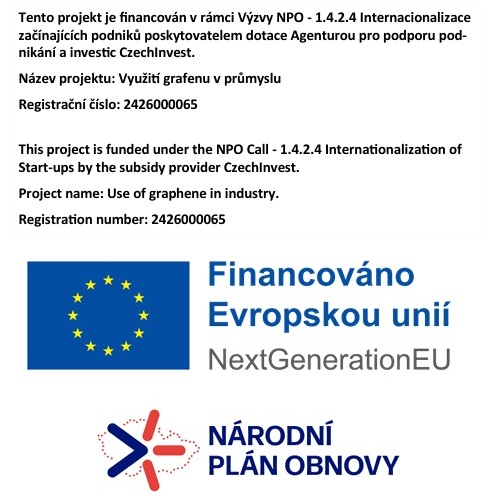Innovative Graphene Dispersions
Leading the future of nanotechnology with cutting-edge graphene solutions


About NANOBUILD
NANOBUILD is a pioneering startup focused on the innovative production of graphene dispersions. We are at the forefront of nanotechnology, developing revolutionary solutions that transform industries.
Innovation
Cutting-edge research and development in graphene technology
Performance
High-quality dispersions with exceptional properties
Reliability
Consistent quality and trusted solutions for industry
Technology of Low-Layer Graphene Production
Our low-layer graphene dispersions are obtained through a patented method that involves the dispersion of graphite at resonant frequencies.
Resonance is a physical phenomenon in which a system begins to oscillate with maximum amplitude in response to an external force with a certain frequency that matches its own (natural) frequency.
Acoustic resonance generates strong vibrational waves in the dispersion medium. These vibrations are efficiently transferred to the graphite particles, causing intense mechanical stress.
We chose this method of graphene production based on theoretical assumptions regarding the differences in properties between elemental and low-layer graphene.
1. Advantages of Low-Layer Graphene Compared to Elemental Graphene
Our low-layer graphene has much greater mechanical strength and resistance to damage due to interlayer van der Waals interactions.
Our low-layer graphene maintains high conductivity but is less prone to degradation when in contact with polymers.
Our low-layer graphene has an optimal balance between specific surface area and interlayer forces, improving its dispersibility.
2. Effect of Dispersion Media Containing Low-Layer Graphene
Using dispersion media that contain components of the future composite creates direct chemical compatibility.
If low-layer graphene is already in a compatible environment, there is no need to remove solvents and then re-disperse it.
3. Role of Acoustic Resonance Method in Dispersion
Acoustic resonance allows for the gentle separation of graphite into low-layer fragments without damaging the carbon lattice structure.
The acoustic resonance method helps achieve a narrow distribution of the number of graphene sheet layers.
Our acoustic resonance method can be controlled to achieve different sizes and shapes of graphene sheets.
Nanomaterials - Technology that is changing the future
Our products have practical significance not only in the form of graphene dispersions and binders but also in solving modern problems aiming for technological progress.
Step into a world where the crystalline structures of graphene and other nanomaterials form the foundation of modern structures.
Our Products
Discover our range of high-quality graphene dispersions designed for various industrial applications.
Applications
Our graphene dispersions enable breakthrough solutions across multiple industries.